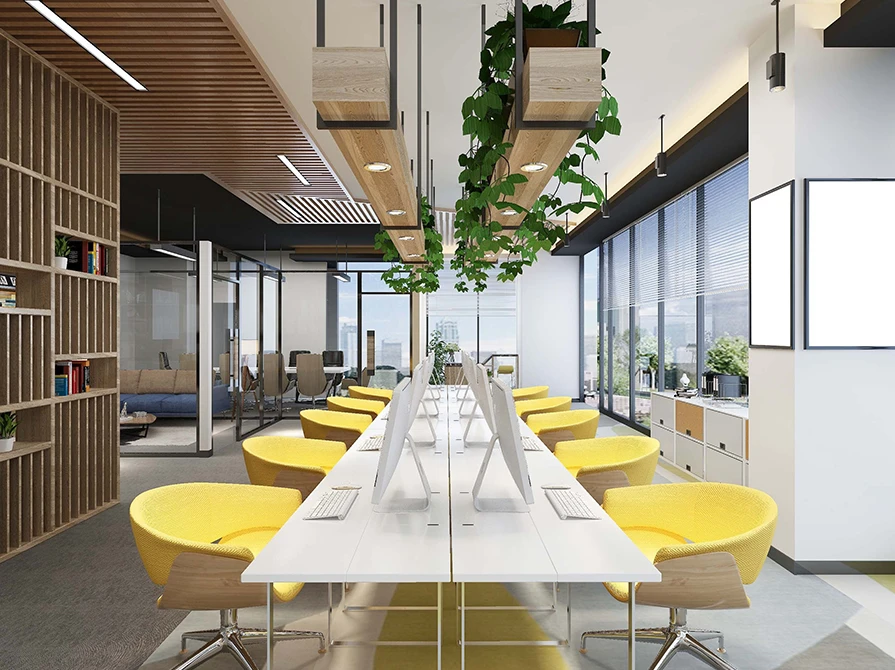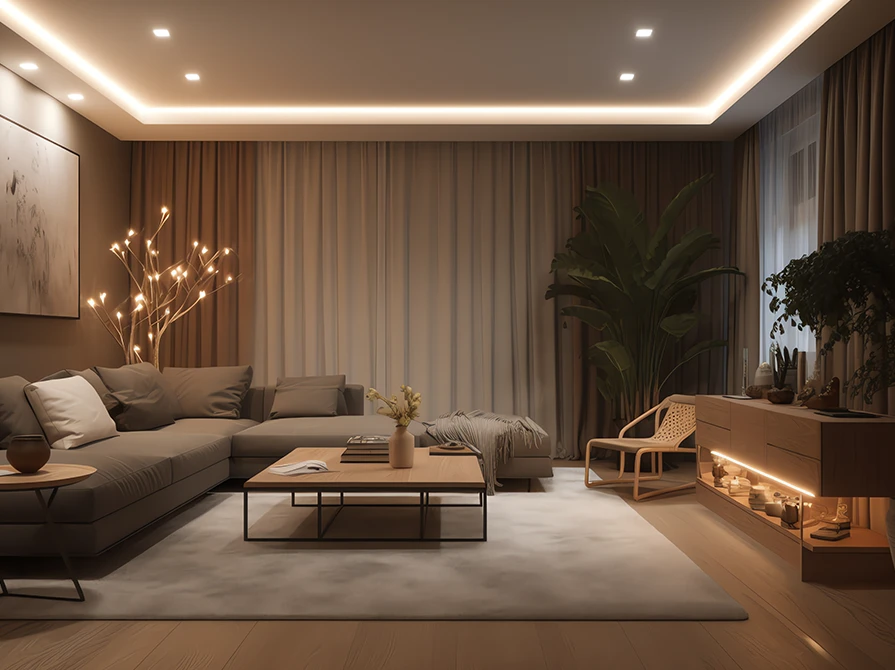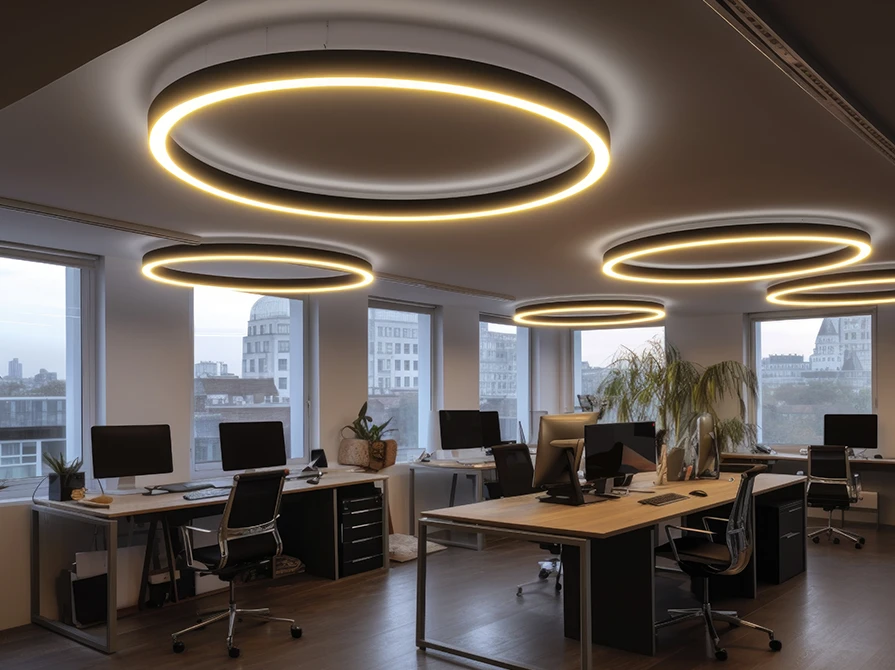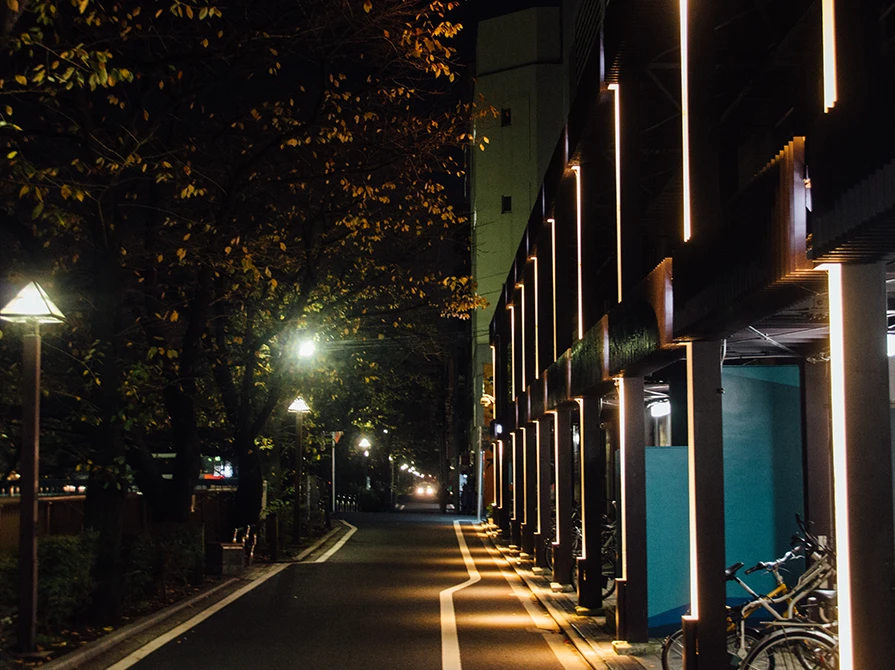

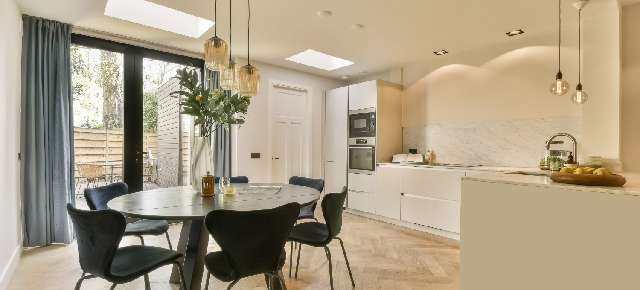
In the diverse realm of interior design, the challenge of transforming dark, windowless spaces into vibrant and inviting rooms is a task that necessitates a blend of creativity, strategic planning, and a keen understanding of lighting principles. Windowless rooms often pose unique design hurdles, but with thoughtful approaches to color schemes, artificial lighting, and innovative decor choices, these spaces can be infused with warmth, style, and the illusion of natural light.
Before embarking on solutions, it's crucial to grasp the challenges posed by windowless rooms. Such spaces tend to lack natural light, making them feel confined and dreary. Additionally, there's often a risk of poor ventilation, leading to a potential sense of claustrophobia. Overcoming these challenges involves a multifaceted design approach that considers both aesthetics and functionality.
The impact of color on a room cannot be overstated, especially in spaces devoid of natural light. Opting for light, neutral tones on walls and ceilings can create an illusion of spaciousness and reflect any available light. Whites, creams, and light grays work exceptionally well, bouncing light around the room and giving it an airy feel.
Contrast plays a crucial role in the color game. Introducing darker hues as accents or through furniture pieces can add depth and visual interest, preventing the space from appearing monotonous. Mirrors strategically placed on walls can further amplify the sense of brightness and openness by reflecting light.
Since natural light is limited, artificial lighting becomes a pivotal element in designing windowless spaces. Let’s understand various lighting solutions that can be particularly effective in turning windowless rooms into well-lit and versatile environments.
To amplify the perception of space in windowless rooms, leverage optical illusions. Horizontal stripes on walls or in furnishings create a sense of width, while vertical stripes can give the illusion of height. Patterns and textures, strategically incorporated, can add depth to the room. Consider using large-scale artwork or murals with distant perspectives to open up the visual field.
Elevate the design of windowless rooms by incorporating unique and statement-making lighting fixtures. Pendant lights, chandeliers, or sculptural fixtures draw attention upward, diverting focus from the lack of natural light. Choose fixtures that complement the overall design theme while adding a touch of personality to the space. This serves a functional purpose while also becoming a design focal point.
Technological advancements now offer innovative solutions to simulate natural light. Artificial windows equipped with LED panels mimic the appearance of daylight, providing a sense of connection to the outdoors. Light panels that replicate the colors and intensity of sunlight can be installed on ceilings, creating a visually pleasing and dynamic lighting experience.
Flat and monotonous walls can contribute to the closed-in feel of windowless rooms. Introduce textured wall treatments to add depth and dimension. Options such as textured wallpaper, shiplap, or even 3D wall panels can create visual interest. Play with light and shadow on textured surfaces to give the room a more dynamic and engaging atmosphere.
Mirrors, the magicians of design, can create the illusion of additional light sources and make the room feel more expansive. Placing large mirrors strategically can bounce light around the room. Mirrored furniture or decor elements, like reflective tabletops or glass surfaces, can also contribute to this effect.
The layout and choice of furniture can significantly impact the perception of space in windowless rooms. Opt for furniture with legs to create a sense of openness, allowing light to flow underneath. Additionally, selecting furniture in lighter shades helps maintain a bright and airy atmosphere. Consider modular or multi-functional furniture to maximize functionality without overwhelming the space. Floating shelves or wall-mounted storage solutions can keep the floor clear, enhancing the room's spacious feel.
Injecting personality into windowless rooms can make them more inviting. Choose art and decor that resonate with your style and preferences. Personalized touches, such as family photos or unique artifacts, create a connection to the space. Thoughtful decor choices not only make the room aesthetically pleasing but also contribute to a sense of comfort and familiarity.
Maintaining the design integrity of windowless rooms requires ongoing attention. Regularly check and keep light fixtures clean. Also, replace bulbs promptly to ensure consistent brightness. Periodically reassess the room's design elements and make adjustments as needed to adapt to evolving tastes and preferences.
Designing for dark, windowless spaces requires a thoughtful fusion of aesthetics and functionality. Through strategic color choices, clever lighting solutions, and innovative decor elements, these rooms can be transformed into inviting and luminous environments. Embracing the challenge of brightening up windowless spaces enhances the aesthetic appeal of interiors and also contributes to a positive and uplifting living experience. In the dance between light and design, even the darkest corners can be brought to life, creating spaces that are both visually stunning and functionally enriching. Get in touch with us to know more about Wipro Lighting Solutions and their wide range of offerings.
